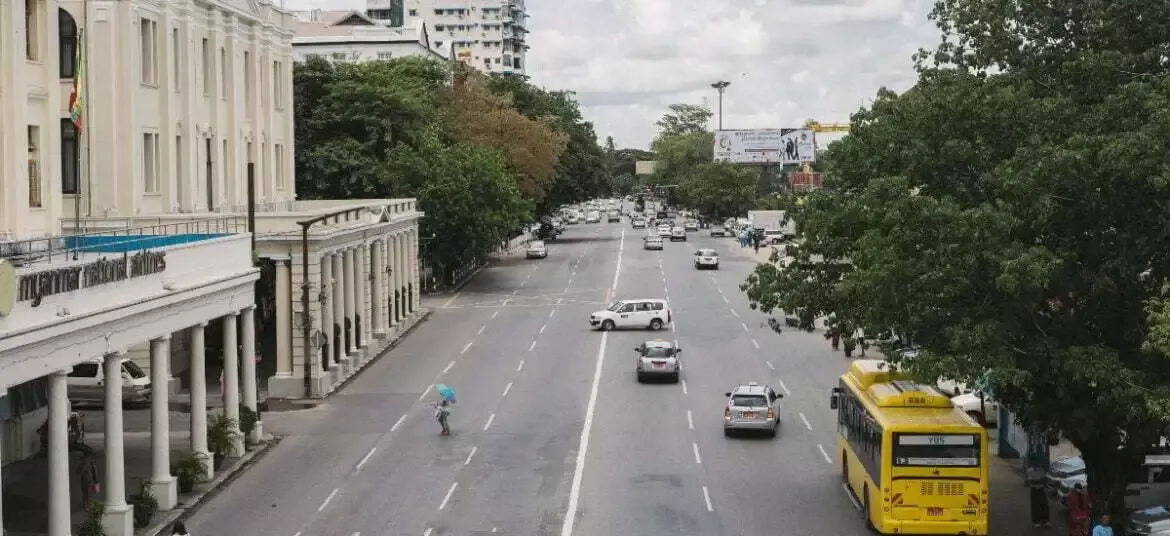
Myanmar enjoys a strategic location between two large economies, India and China, and also shares borders with Bangladesh, Laos, and Thailand. It is, in fact, the largest country in mainland Southeast Asia. With a long coastline stretching from the Andaman Sea to the Bay of Bengal, the country has the potential to develop into a regional trading and logistics hub. Myanmar’s resources include vast tracts of fertile land as well as rich reserves of natural resources including hydrocarbons; not surprisingly, the main exports are agricultural produce and natural gas.
The country’s 54 million population is relatively young and the consumer goods sector is one of its fastest-growing because of the country’s strong economy and increasing purchasing power. The proximity to China, India, Thailand, Laos, and Bangladesh gives Myanmar access to the big markets of these countries. The government of Myanmar has been focusing on economic growth with a thrust on exports and infrastructure development.
The combination of a large domestic market, the potential for exports, a strategic location, and improved incentives has led several international companies to establish manufacturing units in Myanmar. Some global brands have encouraged suppliers from China and elsewhere to establish manufacturing facilities in Myanmar.
Opening up after decades of isolation, the Myanmar government is taking steps to attract investors to different sectors. The opening up of the economy has generated a real estate and tourism boom; the country is also seeing a larger number of expats who are moving there because of larger business opportunities.
Though the pandemic and the 2021 coup undid many of the past years’ progress, the country will bounce back in time. There will be a payoff for those waiting patiently for the demographic dividend this resilient country offers.